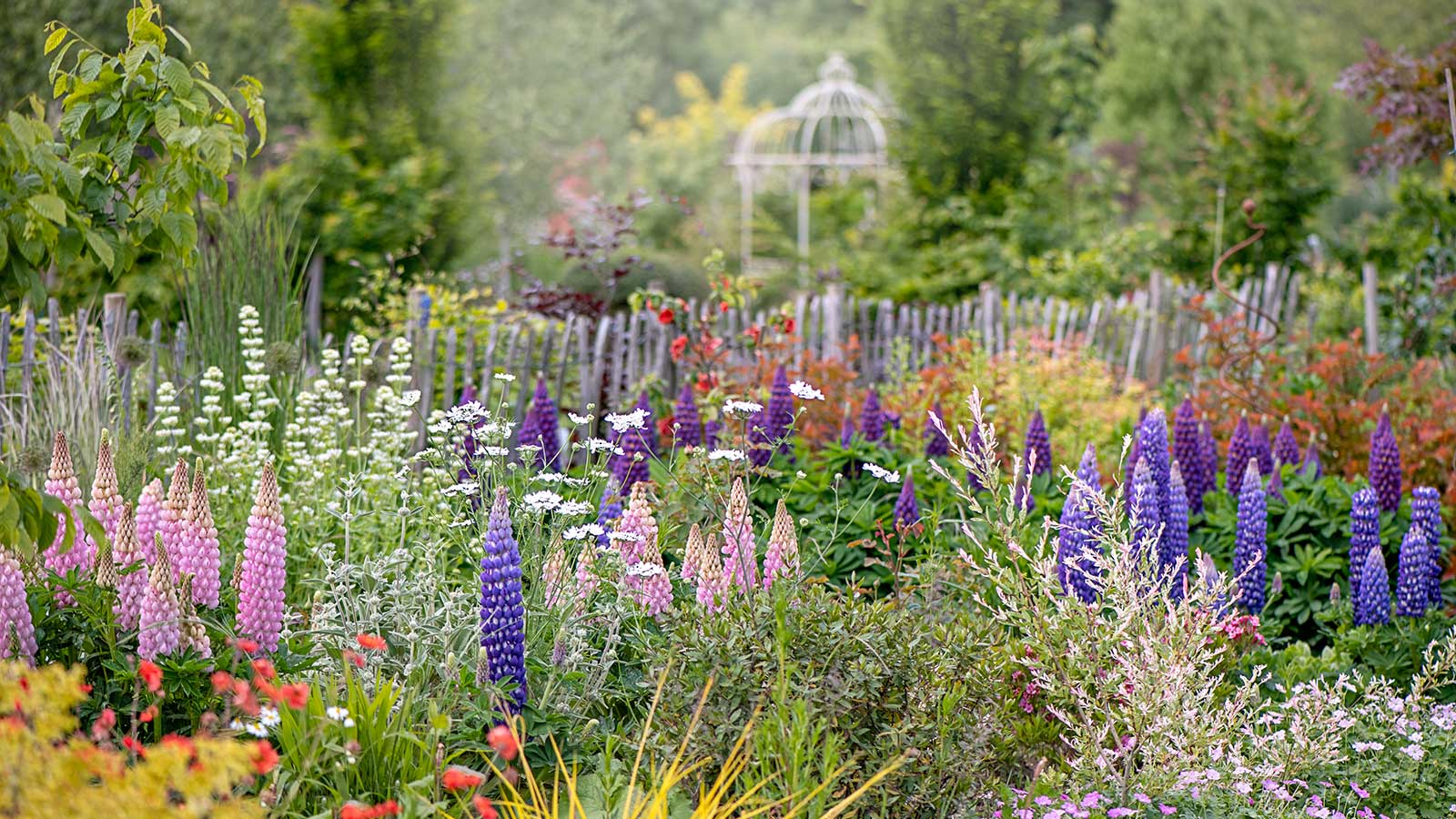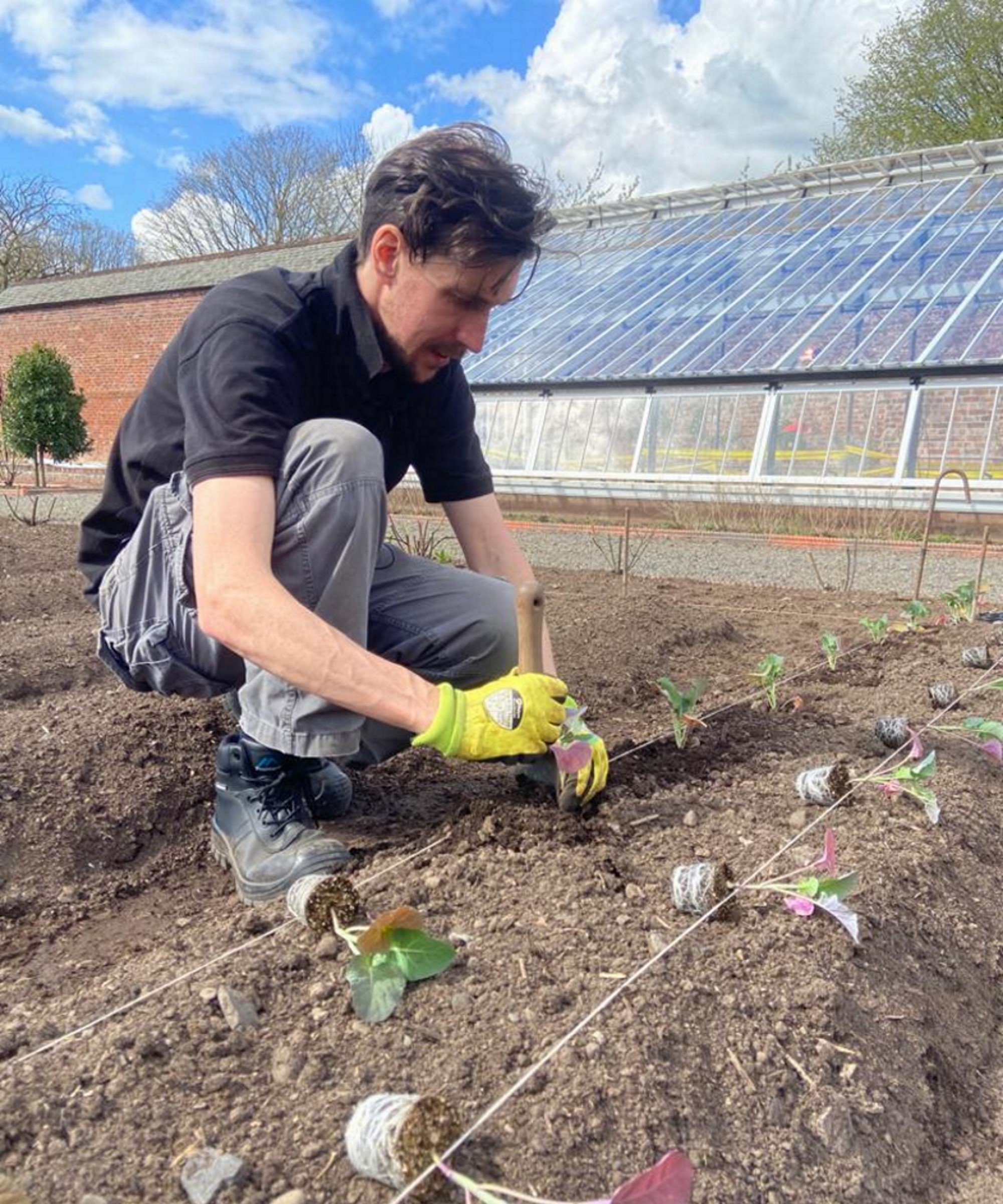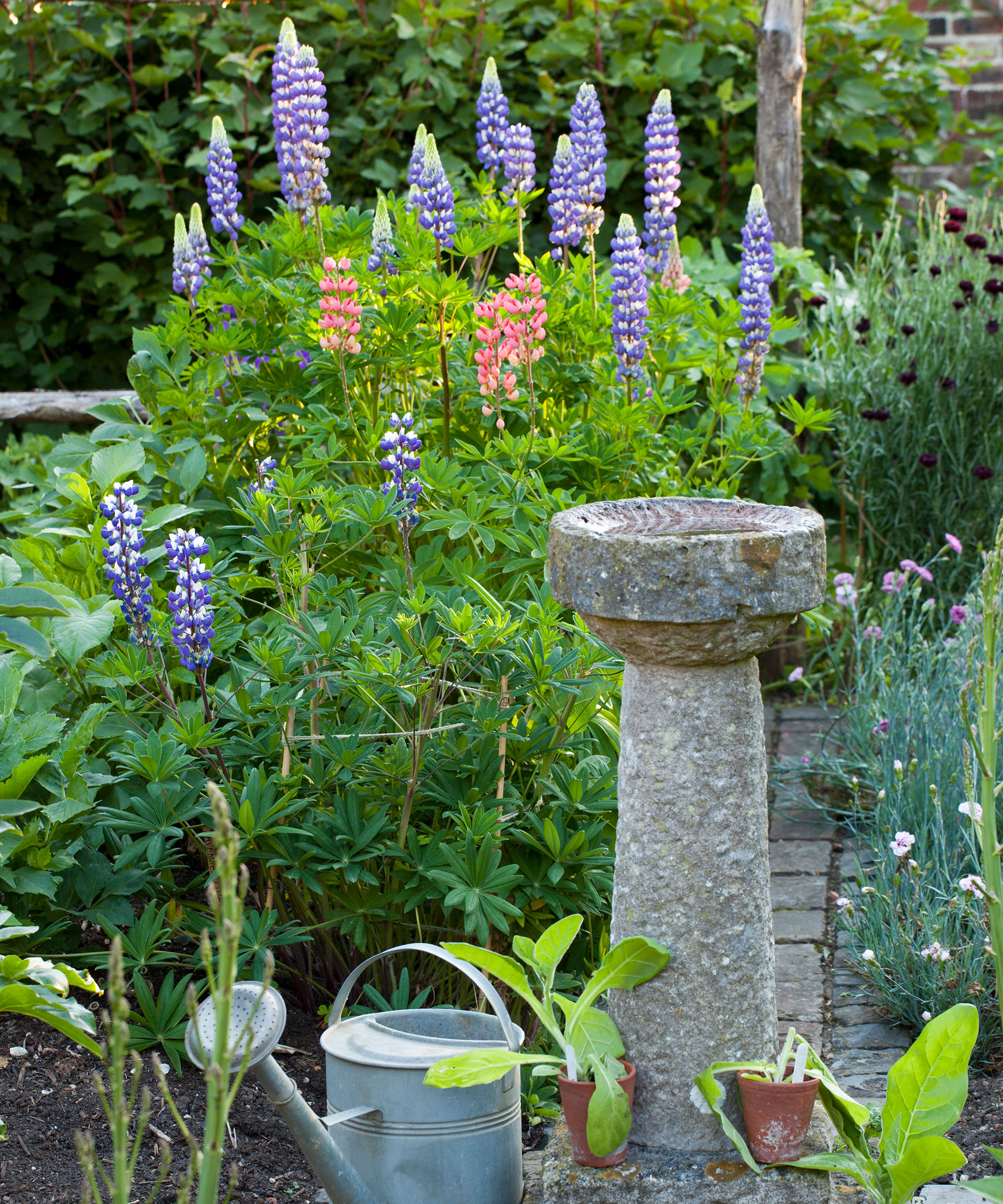Deadheading lupines – why to do it and the technique to use
Keep these colorful flowers blooming for longer by deadheading lupines


Deadheading lupines is a worthwhile garden task. Removing the spent blooms from the plants can encourage them to flower for longer, prolonging the wonderful display they create with their tall flower spikes.
A valuable inclusion in flower bed ideas, lupines add height as well as an array of vibrant shades to the garden. They have attractive palmate foliage, too, while also helps make them such a popular choice among gardeners.
While these plants are relatively low maintenance, one job that can be worth undertaking is deadheading lupines. As well as encouraging them to keep on flowering, it has a variety of other benefits. This is how (and why) to do it.
How to deadhead lupines
Lupines are generally easy to grow, and – although it is isn’t essential – deadheading is a simple task that brings plenty of advantages. ‘It is highly recommended to deadhead lupines once the flowers have faded to prolong the display and promote a potential second set of blooms,’ says H&G’s gardening expert Drew Swainston.
‘During my time working at Hidcote Manor Garden, we had a lot of lupines in the long borders and they were always cut back in order to get a second flush of these stunning blooms. The other reason it is a good idea to deadhead lupines is that it tidies up the overall look of the plant, keeping it looking neat and aesthetically pleasing rather than covered in sad and fading blooms.’
This is how to deadhead lupines.

Drew qualified as a journalist before studying for a horticulture qualification, after which he worked as a professional gardener for several years, specializing in kitchen gardening. He's now bringing his expertise and passion to Homes & Gardens as a member of our team.

Remove faded flowers
To prolong the blooming period of lupines, remove the spent flowers. ‘Look for faded flowers that are yellow and brown in color and drooping and wilting,’ says Susan Brandt, co-founder of Blooming Secrets. ‘Cut back the flower stalks down to the first set of healthy leaves below the dead flower. Make sure you cut the stem at an angle to prevent water from collecting and causing rot. This promotes new growth and prevents energy from being wasted on producing seeds.’
You will need the right equipment for the job. ‘It is recommended to use a pair of sharp pruning shears for this task,’ says Susan. ‘Be sure to sterilize the pruning shears before and after each use to minimize the risk of spreading diseases or pathogens between plants. This can be done by wiping down the blades with rubbing alcohol or using a disinfectant spray specifically designed for gardening tools.’
When to deadhead lupines
Where should the task of deadheading lupines appear in your gardening calendar? ‘Lupines bloom in May and June and you want to start deadheading lupines in the late spring and early summer period,’ says Drew Swainston.
‘Be vigilant and keep a close eye on the blooms, and be ready to deadhead at the first signs of the flowers starting to go over. Once the blooms at the bottom of the flower stem start to turn brown and past their best, remove the flower spike as the rest will quickly follow. Removing flowers quickly and regularly will stop the plant from wasting energy in producing seeds and instead, it can put it into putting out new blooms.’
Additional pros of deadheading lupines
As we noted above, deadheading lupines doesn’t just prolong flowering but also keeps the plants tidy, improving the appearance of borders and beds. And there are other reasons why you might want to do it. For instance, it can reduce self-seeding which could lead to overcrowded borders. Deadheading could also help keep plants healthier as you get rid of decaying material that might result in diseases or pests.
FAQs
Should I remove seed pods from lupines?
Whether you should remove seed pods from lupines to some extent depends on your goal. ‘Some gardeners believe that removing these seed pods can help promote better growth and overall health of the plant,’ says Susan Brandt, co-founder of Blooming Secrets. ‘Their reasoning is that by removing the seed pods, the plant can redirect its energy towards producing more foliage and flowers instead of putting energy into seed production.
‘On the other hand, there are also gardeners who argue that leaving the seed pods on lupines can have benefits as well. They believe that allowing the seeds to mature and naturally disperse can lead to self-seeding, which means new lupine plants will grow in subsequent seasons without any additional effort from the gardener.
‘If you want to encourage more blooms and foliage, removing the seed pods might be a good idea,’ Susan advises. ‘If you enjoy having self-seeding plants in your garden and don't mind a slightly wilder look, leaving them on can be a viable option.
‘If you choose to remove some or all of the seed pods from your lupines, it won’t harm the plant itself. Lupines are hardy perennials with strong root systems that can handle minor pruning or removal of their seed-producing structures.’
Lupines are a great choice if you want to attract pollinators to a wildlife garden, and deadheading can benefit these creatures by providing them with nectar for longer. Lupines are also ideal as part of any selection of cottage garden plants, and their height ensures they can be used towards the back of a cottage garden border. You might equally include them if you need deer-resistant plants since they aren’t attractive to these garden visitors nor to rabbits.
Sign up to the Homes & Gardens newsletter
Design expertise in your inbox – from inspiring decorating ideas and beautiful celebrity homes to practical gardening advice and shopping round-ups.

Sarah is a freelance journalist and editor. Previously executive editor of Ideal Home, she’s specialized in interiors, property and gardens for over 20 years, and covers interior design, house design, gardens, and cleaning and organizing a home for Homes & Gardens. She’s written for websites, including Houzz, Channel 4’s flagship website, 4Homes, and Future’s T3; national newspapers, including The Guardian; and magazines including Future’s Country Homes & Interiors, Homebuilding & Renovating, Period Living, and Style at Home, as well as House Beautiful, Good Homes, Grand Designs, Homes & Antiques, LandLove and The English Home among others. It’s no big surprise that she likes to put what she writes about into practice, and is a serial house renovator.
-
 'It's a fast reset button' – using the 1, 2 ,3 ,4, 5 decluttering method cleared my persistent mess in seconds
'It's a fast reset button' – using the 1, 2 ,3 ,4, 5 decluttering method cleared my persistent mess in secondsIt's easy, effective and so quick to do
By Ottilie Blackhall Published
-
 Nectar vs Layla – which mattress brand is best on test?
Nectar vs Layla – which mattress brand is best on test?I've set the Nectar Premier Hybrid Mattress and the Layla Hybrid Mattress head to head to help you work out which mattress meets your needs
By Emilia Hitching Published